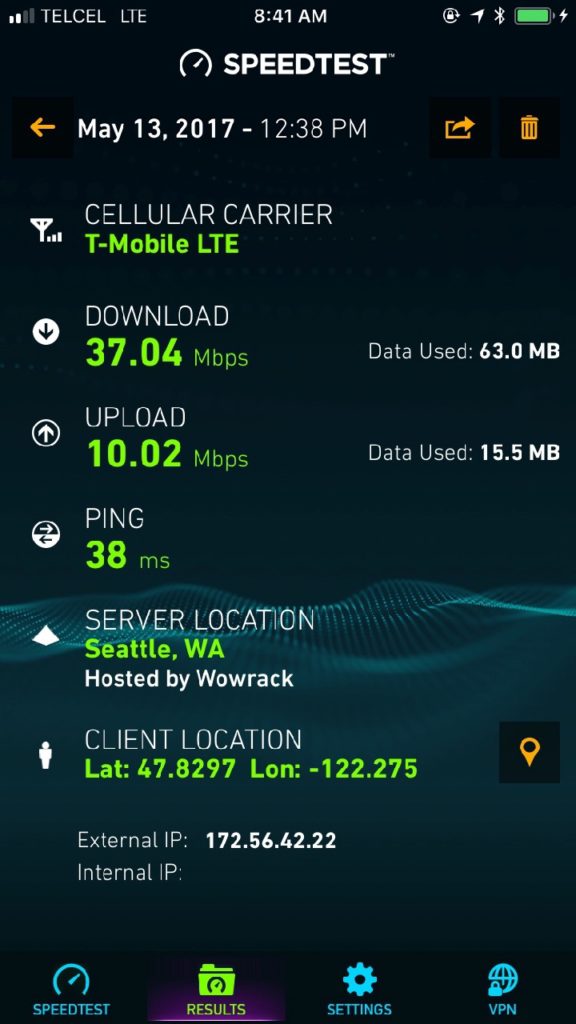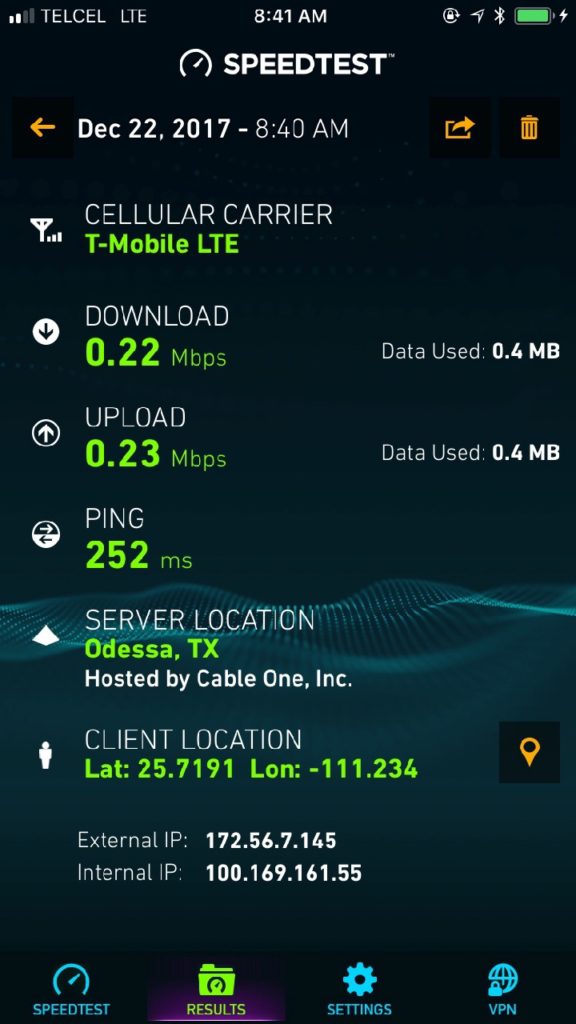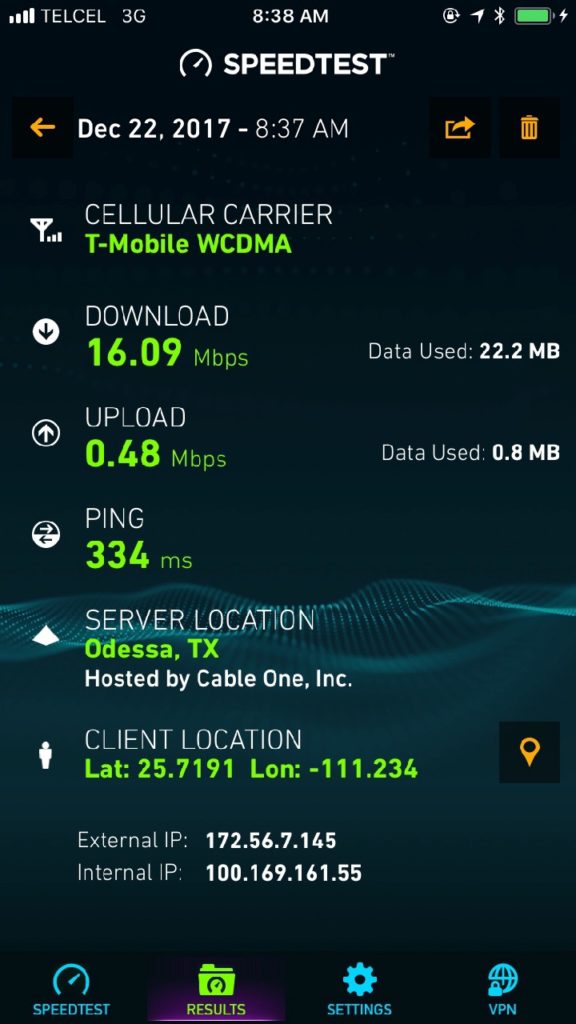Okay, so we’ve covered our experience so far, and some major tips on how to limit usage in the first place. But of course if you are trying to stay in touch with friends and family, managing a blog and/or Facebook page, or trying to maintain a Vlog on YouTube (good luck to you) you are still going to use more data than your allotment. So what else can you do?
1.) Write and produce content offline and prep it for upload, batch it all so when you have Internet you can get it all uploaded quickly.
2.) for blogs with photos, reduce the size of the photos through the export function of your photo manager (we reduce ours to 1280×720(ish) pixels, high-quality JPEG, making them around 200-300KB in size per image, far less than the 5MB+ they start out as).
Note: We also use FTP to upload the photos to our wordpress server, then the “Add from Server” Wordpress plugin to import them. We found this to be far more reliable than uploading via the wordpress web upload function on slow connections.
3.) When you find decent WiFi, use your laptop (not your phone), enable TripMode to only allow the apps you need, and do EVERYTHING you possibly can while you have it. FTP your photos, copy/paste your blog content, schedule your blogs and FB posts. Update any apps that are critical to you in your daily life (ie: navigation software like Navionics, video/photo editing software you use, drone and action camera software and firmware.
4.) If you are abroad for more than two months at a time, get your phone on WiFi for a bit and attempt to make some WiFi calls to friends and family at home. If the WiFi is stable enough the calls will be great, if it’s slow there may be issues and dropped calls. It all depends, but the WiFi call *may* keep you in your carriers’ (specifically T-Mobile’s) good graces.
Finally, one super secret squirrel workaround for T-mobile users, something I only discovered in the last few months here in Mexico… 3G is faster than LTE! Well not really, but in one particular situation it is.
Let’s say you are on TelCel LTE and you have been happily uploading photos and maybe updating a few apps, or watching a Netflix show you can’t miss and you hit your 5GB monthly LTE allotment. You get the text message from T-Mobile telling you that you are now on your unlimited-data/limited-speed (128kbps for T-Mobile One plans, 256kbps for One Plus plans) which is really not enough to do any streaming and it’s just plain slow. Well fear not.. If you disable LTE on your phone, forcing your device to connect to the old crusty 3G network, you will get FASTER speeds. From what I can tell, the 128kbps/256kbps limits are applied to the LTE connection to simulate 2G/3G speeds, but if you are actually on the 3G network you can get whatever speed 3G can get, which *can* be quite a bit more than 256kbps.
Here are example Speedtests to show you..
First, an LTE connection at home, which is not the best LTE speed I have seen, just a representative example of LTE speeds in somewhat congested areas.

37mbps down, 10mbps up and a relatively (for mobile devices) short ping time. that’s almost as good as a many home broadband connections.
Second, here’s my TelCel LTE connection in Loreto, BCS, Mexico after consuming my monthly LTE speed allotment.

0.22mbps down, 0.23mbps up. Pretty much exactly the 256kbps limit that T-Mobile claims. Note that I am in Mexico and testing to a server in Texas. The ping time is long for a variety of reasons, primarily distance to Texas as well as just the remoteness of where we are in Mexico.
Third, here’s my same phone, LTE disabled (using 3G) on the same day, same location, within a couple minutes of the previous test, using the same test server in Texas.

16mbps down, 0.48mbps up. the upload speed is only marginally better, but look at the download speed. The ping time is a little higher which is likely due to technology differences between 3G and LTE, but it’s not that significant for daily use. Incidentally, we were able to stream Netflix on 3G whereas we could not on the limited speed LTE.
( I ran these same tests multiple times and got the same results every time, the LTE limited speed was always nearly exactly 256kbps due to it being an artificial limit, the 3G speed was always faster but varied)
Now to be clear, the 3G speed is going to vary significantly depending on the situation but at least right now it seems that once you are being artificially limited on LTE, you are better off disabling LTE until your billing cycle resets.
Okay, I think that about covers it. Hopefully you will find some useful information in the above.
In short…
1.) Carriers that seem better at home aren’t necessarily better abroad. YMMV
For Alaska and Mexico, T-Mobile clearly beats Verizon across the board in data coverage and speeds.
For Mainland US and Canada it’s sort of a wash, with Verizon getting an edge in rural US.
2.) There are several ways to make the most of the data plan that you have, use them all if you can
Disable Background App Refresh on your Apple Device for both WiFi and Cellular (ie: turn it completely off)
Disable cellular access on your mobile device for any apps you don’t need
Use Email Compression services (ie: Xgate Email or OCENSMail) which are optimized for slow connections
Downsize images you upload to the Internet
3.) There are hoops you can jump through to get reasonable connections when you’ve exhausted your limits, test for yourself
Disable LTE on your mobile device when your LTE hotspot and/or roaming allotment has been exhausted
Use mobile versions of websites like Facebook (https://m.facebook.com) even on your computer to use less data and load faster on slow connections.
Use the Simple/Basic HTML version of Gmail (https://mail.google.com/mail/h) which uses less bandwidth and loads faster over slow connections
4.) Buy TripMode! Install it, use it, it’s $8 — you can thank me later
“When TripMode is ON, it prevents all your apps from accessing the Internet but those that have been whitelisted by yourself. It typically stops automatic updates, online backups, Photos syncs, and various obscure apps from consuming precious data. Both uploads and downloads are blocked.”
A note on Local SIM Cards…
Some may ask why we don’t have TelCel (ie: local Mexican) SIM cards.. We will be switching to a different SIM soon, and I’ll write up what we do, but since we need to maintain our existing US numbers, it’s a bit complicated. Since we started in the US with our T-Mobile and Verizon plans and since we are not being charged ANY extra roaming fees no matter what we do we plan to continue using them for now. That said, T-Mobile has already threatened to cancel my service due to 90+% roaming over the last 3 months. I was able to get a waiver because I returned to the US but they will eventually see more roaming and I won’t be able to get the waiver again.

